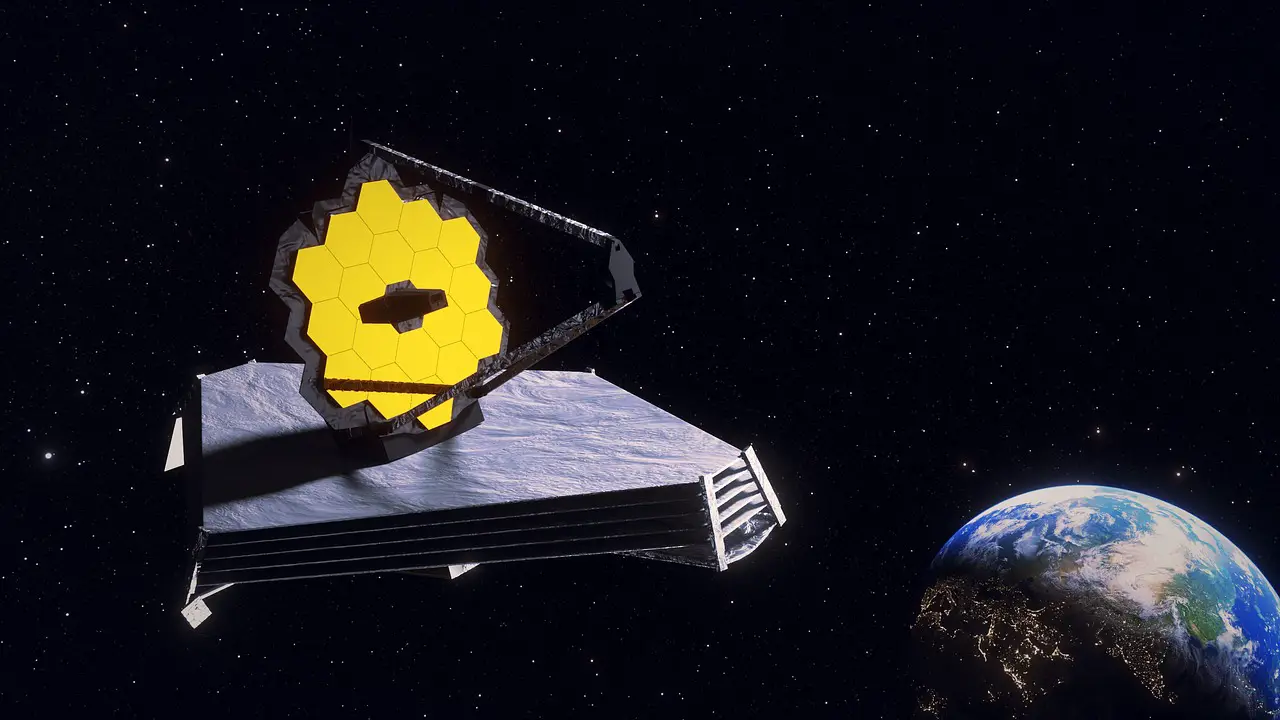The James Webb Space Telescope (JWST), which is currently the most technologically advanced observatory ever built by humanity, has once more astounded researchers with its ground-breaking findings. Carbon dust was found in galaxies as early as one billion years after the Big Bang, according to a recent study that was published on July 19 in the journal Nature by a team of researchers who claimed that the JWST was responsible for the discovery. This amazing discovery has the potential to completely rework our conceptions of how the chemical composition of the universe developed throughout time.
A Surprising Revelation
In its infancy, the cosmos was almost entirely made up of hydrogen and helium, with only trace amounts of other, more substantial components. The predominant school of thought maintains that the initial stars and galaxies should have had the same chemical make-up as these elements. This long-held notion, however, has been called into question by the discovery of carbon-based dust grains in galaxies that are older than 10 million years.
The Advanced Deep Extragalactic Survey (JADES) that was carried out by the JWST had a significant part in the discovery. The research team discovered the presence of carbon dust by measuring the light spectra of ten different galaxies. This discovery points to a cosmic phenomenon that had previously eluded our comprehension for some reason.
Infrared Light Illuminates the Past
In order for scientists to investigate these ancient galaxies, they have to rely on light that has traveled a distance equivalent to billions of light-years. since of the expansion of the universe, this light has become infrared since it has been stretched out and changed. This presents a particularly difficult problem because it is only possible to detect such weak signals with an extremely sensitive instrument such as the James Webb Space Telescope (JWST), which is the most advanced infrared space telescope that has ever been put into operation.
A Cosmic “Get Rich Quick” Scheme?
The finding of carbon dust in galaxies that date back to the beginning of the universe raises some intriguing issues regarding the chemical composition of those galaxies and the mechanisms that led to their development. The conventional concept of the chemical history of the universe, in which heavier elements were considered to be absent in the early stages of the universe’s development, is called into question by the discovery of carbon-based dust grains.
This discovery paves the way for fascinating new paths of inquiry and has the potential to transform our understanding of the history of the cosmos. Now, the challenge for scientists is to figure out the secrets hiding behind this carbon fingerprint and what its significance is for the evolution of galaxies over billions of years.
Lunar Samples: The Key to Unlocking Their Mysteries
Researchers also discovered carbon-based dust grains in lunar samples, which was yet another unexpected turn of events. These findings contradict what was previously believed to be true about the composition of the moon, which leads to the posing of new concerns regarding the moon’s geological history and the processes that created its surface.
Potential Areas of Study and Research in the Future
The researchers that were responsible for this ground-breaking finding are committed to conducting additional research on the phenomena of carbon dust in galaxies. They expect that by analyzing bigger samples of galaxies, they may be able to discover connections between this one-of-a-kind carbon fingerprint and particular characteristics of these cosmic structures. The results of this research could lead to a greater comprehension of the fundamental mechanisms that controlled the formation and evolution of early galaxies.
Conclusion
Once again, the James Webb Space Telescope has shown that it has the capability to uncover mysteries hidden throughout the cosmos. Our picture of the chemical development of the cosmos is on the verge of undergoing a profound shift as a result of the discovery of carbon dust in galaxies that existed as early as one billion years after the Big Bang. As researchers dive deeper into this interesting cosmic phenomenon, it is expected that new insights into the birth of galaxies, the evolution of galaxies, and the history of our universe will emerge. This will further establish the JWST as a milestone instrument in the field of astronomy.
![]()
